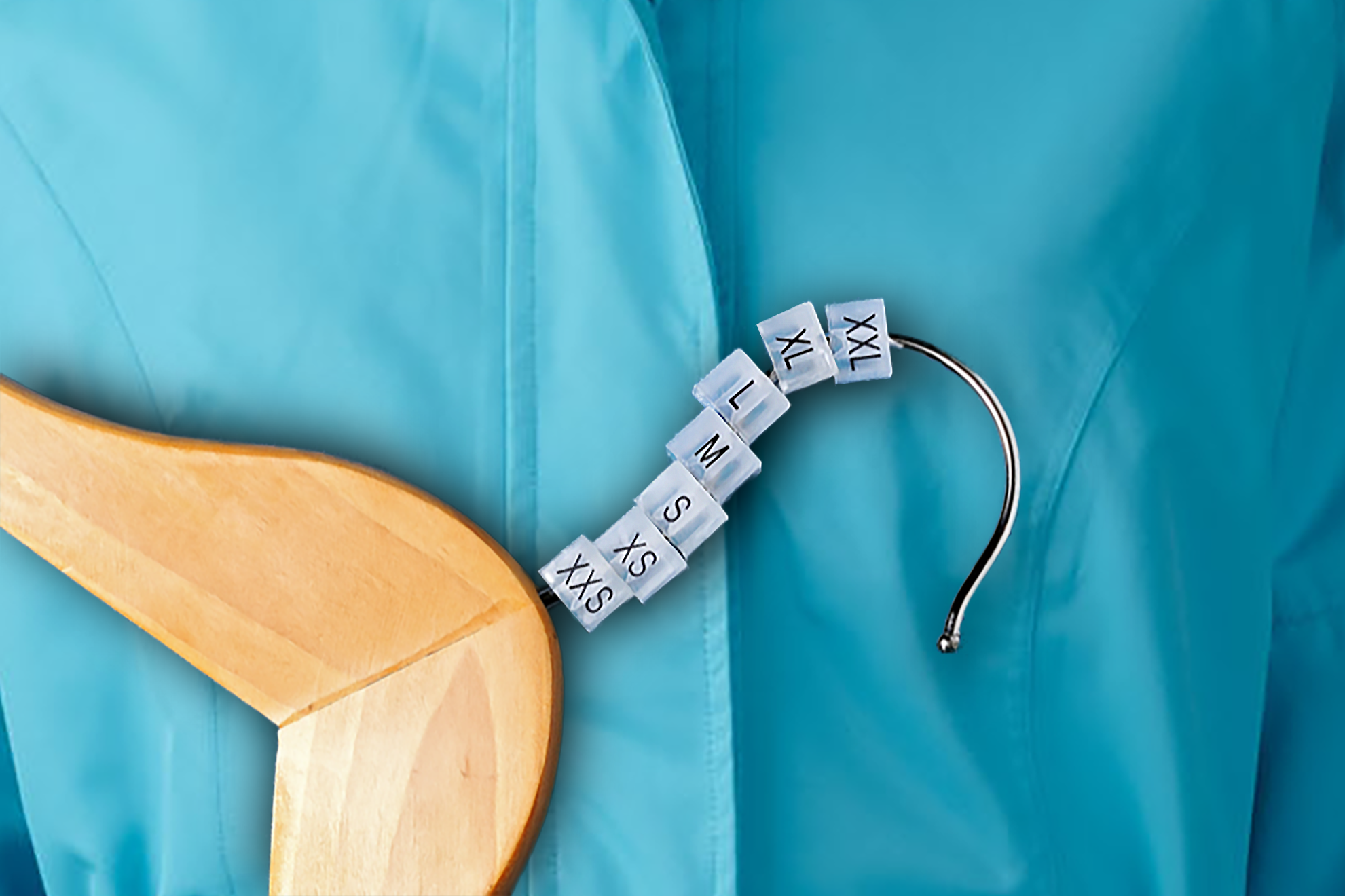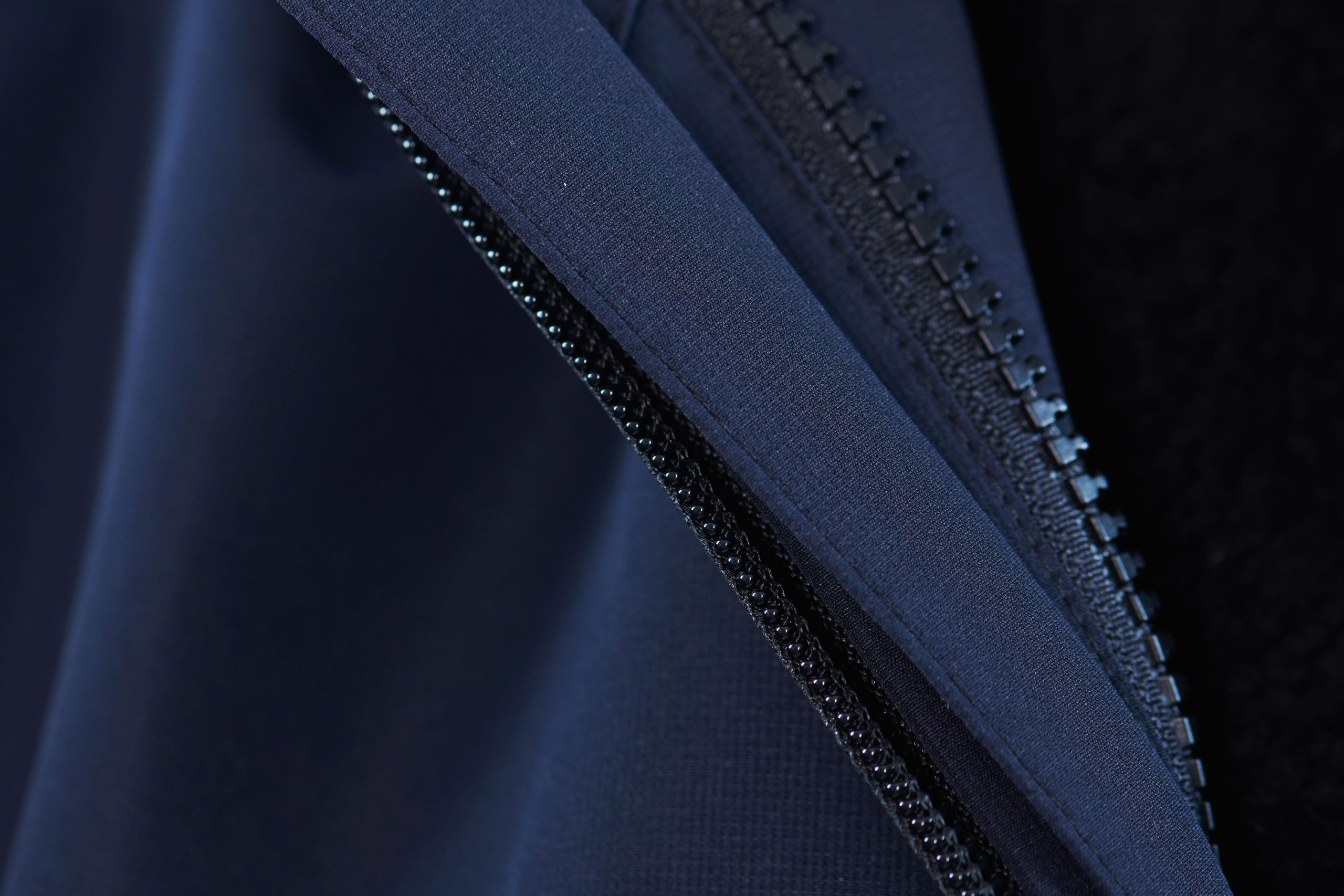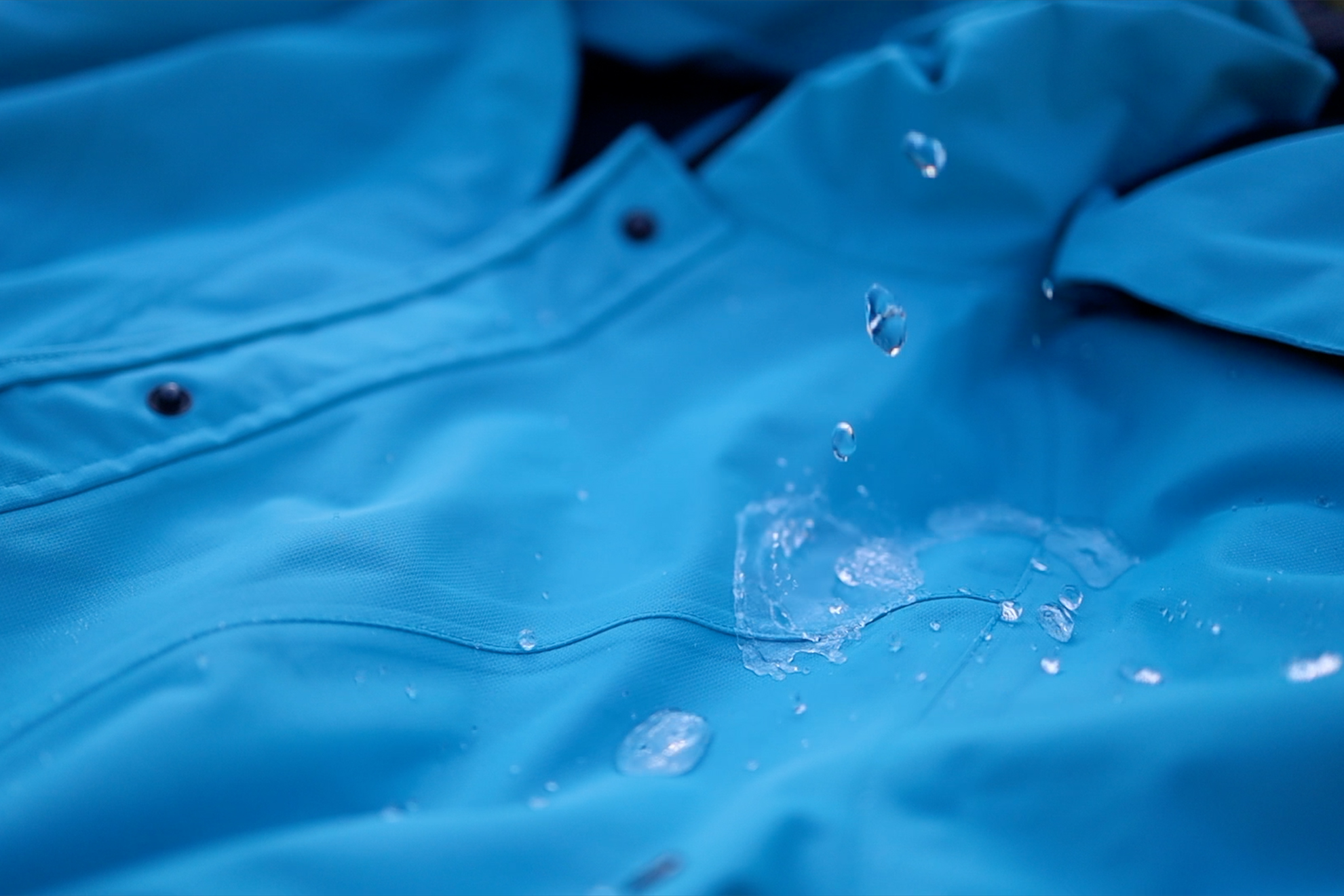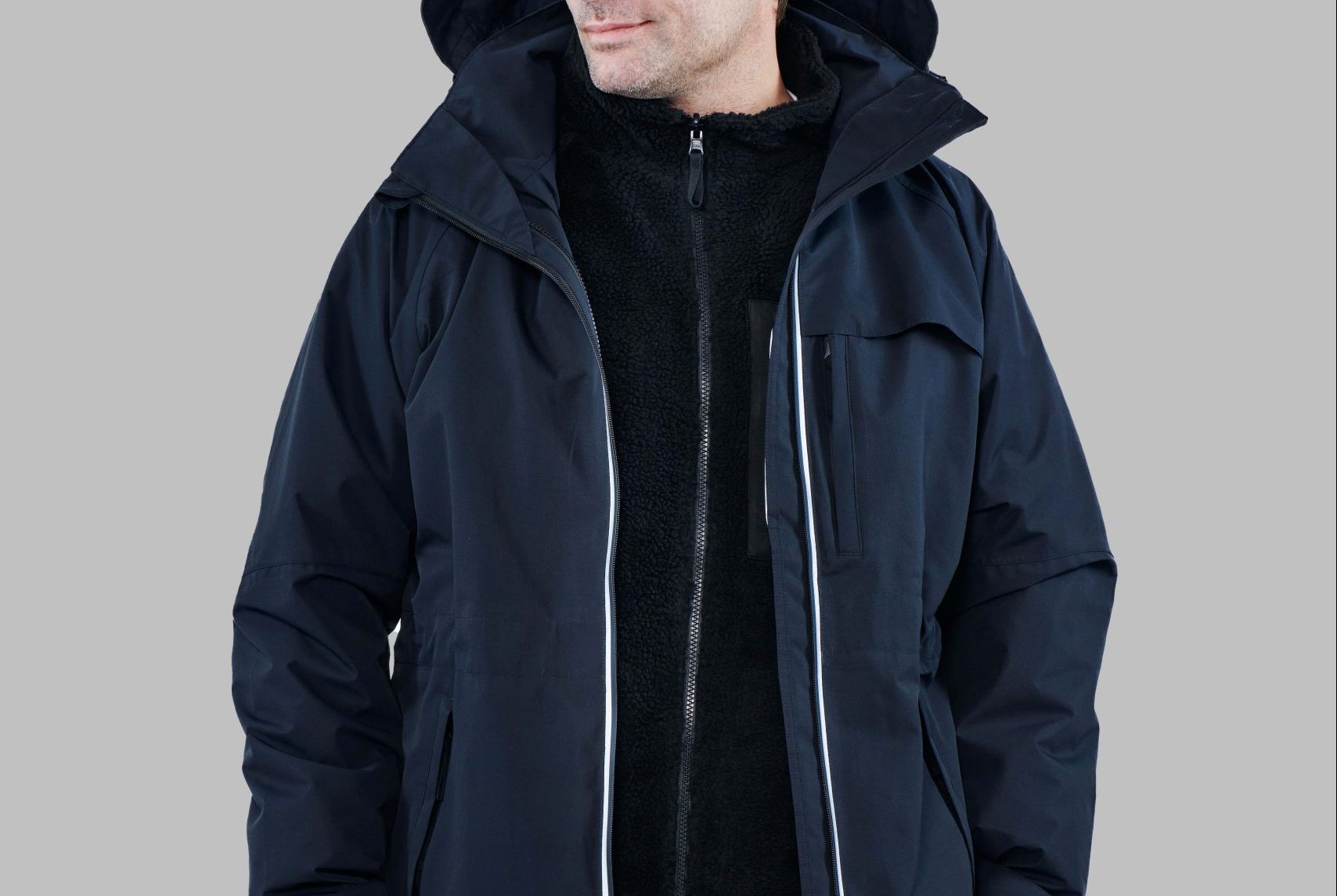FAQ – Frequently asked questions about Xplor products
On this page, we have collected the most frequently asked questions about Xplor products. If you cannot find an answer to your particular question, please contact us.
How high should the water column pressure be?
The water column pressure measures how much water (in mm) that 1 cm2 of the fabric can hold before the water penetrates. The higher the water column pressure, the more waterproof the garment, as long as the product is well taped. Normally, a water column of 3,000 mm is recommended and between 5,000-10,000 for rain and ski clothing. All xplors shell jackets and shell pants have a minimum water column pressure of 15,000 mm.
How high the water column pressure must be depends on the work function. For stationary work, where you only sit or stand, you must use a higher pressure than if you are moving.
What is breathability?
Breathability is an expression of the outerwear’s ability to get rid of the heat and moisture that the body gives off. Breathability is thus used as a measure of how comfortable waterproof clothing is to wear. Specifically, breathability is measured in the number of grams of sweat that can escape through one square meter of fabric in 24 hours (g/m2/24h). The membrane, which controls breathability, works best when the body is in motion.
Should the outerwear be impregnated?
Yes, it may become necessary after prolonged use so that the surface remains dirt and water resistant.
Xplor outerwear is already treated with BIONIC-FINISH® ECO, which is an environmentally friendly impregnation, as it does not contain fluorine substances. In addition, the impregnation is breathable. The outerwear can be machine washed up to 20 times without the impregnation disappearing. When the outerwear is heated in a heating cabinet or tumbled after washing, the impregnation, which has set its sights as small pearls on the surface under the wash, melts. In this way, the impregnation is reactivated when it is heated.
Products with a breathable and waterproof membrane can lose their technical properties if they are not maintained and re-activated. Therefore, it may be a good idea to impregnate them once in a while.
What is the difference between a rain jacket and a shell jacket?
Both rain jackets and shell jackets are waterproof, but the surface is different and both have their advantages.
Rainwear is typically produced with polyurethane (pu) in the outer fabric, also known as “rubber rainwear”. Water will constantly run off because there is no fabric, and therefore water does not stay on the surface, which can have a cooling effect. On the other hand, the breathability is very low, and condensation will form on the inside after some time. Most condensation forms when the skin is directly against the rainwear. If you wear a fleece jacket or other layer underneath, the condensation is reduced.
A shell jacket is both breathable and waterproof, but the fabric’s surface will get wet when exposed to heavy and sustained rain. The shell jacket is still waterproof, but it will feel cold and will form condensation on the inside when the surface is wet. If you have an inner jacket such as fleece underneath, you avoid feeling the cold from the wet surface. Good maintenance of the impregnation will ensure that the surface remains water-repellent, and you avoid getting wet and cold.
Read more about Xplor materials and fabrics.
What is a 3-i-1 jacket?
A 3-in-1 jacket is a versatile all-weather jacket consisting of a shell jacket, as the outer layer, and a warming inner jacket. Each layer can be worn separately or zipped together. In this way, 3 different configurations are achieved, each with their own advantages: 1) a waterproof and breathable jacket for mild but wet weather conditions, 2) a warm jacket for dry, cold weather and 3) a waterproof, breathable and warm jacket for a wet, cold climate.
Read more about Xplor 3-in-1 jackets.
Which is best as an inner layer – fleece or quilt?
It depends on your level of activity. Both fleece and quilt retain warmth even when exposed to moisture. Quilted jackets are, however, less breathable than fleece jackets, but on the other hand have a better insulating ability. We therefore recommend fleece jackets for high physical activity and quilted jackets for employees with a lower level of physical activity.
Read more about Xplor materials and fabrics.
Do you have a question for us?
Feel free to contact us with any question you may have
More From The Product Guide
SIZE GUIDE
See how Xplor’s product sizes correspond to different sizing systems. Read more.
MATERIALS AND FABRICS
Learn more about Xplor materials and fabrics. Read more.
PRODUCT CARE
Extend the lifespan of your functional outerwear with proper washing and care. Learn more.
THE 3-LAYER PRINCIPLE
Minimize the risk of getting wet and cold during the long working days by following the 3-layer principle. Read more.





